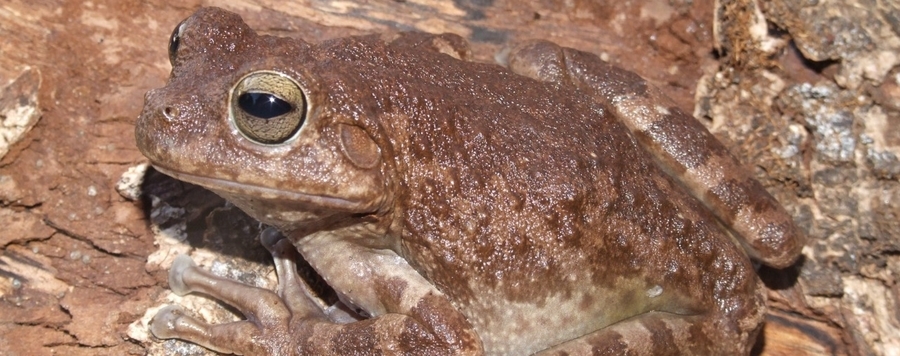
Quaternary climatic fluctuations influence the demographic history of two species of sky-island endemic amphibians in the Neotropics
We evaluated the role of Quaternary climatic fluctuations on the demographic history and population structure of amphibian species endemic to the ‘campo rupestre’ in the Neotropics, evaluating their distributional shifts, demographic changes, and lineage formation from the end of Pleistocene to present. We chose two anurans endemic to the high-elevation ‘campo rupestre’ in the Espinhaço Range (ER) in northeastern and southeastern Brazil (Bokermannohyla alvarengai and Bokermannohyla oxente), as models to test the role of Quaternary climatic fluctuations over their distribution range in this region. We collected tissue samples throughout their distribution range and used statistical phylogeography to examine processes of divergence and population demography. We
generated spatial–temporal reconstructions using Bayesian inference in a coalescent framework in combination with hind-cast projections of species distribution models (SDMs). We also used the results and literature information to test alternative diversification scenarios via approximate Bayesian computation (ABC). Our results show that Quaternary climatic fluctuations influenced the geographic ranges of both species showing population expansion during the last glacial maximum (LGM) and range contraction during interglacial periods, as inferred from selected ABC models and from past projections of SDMs. We recovered Pleistocene diversification for both species occuring in distinctly unique periods for each taxon. An older and range-restricted lineage was recovered
in a geographically isolated geological massif, deserving conservation and further taxonomic study. The diversification and distribution of these amphibian species endemic to the Neotropical ‘campo rupestre’ were influenced by Quaternary climatic fluctuations. The expansion of cold adapted species restricted to higher elevations during glacial periods and their concomitant retraction during interglacial periods may have been crucial for producing patterns of species richness and endemism along elevation gradients in tropical and subtropical domains. Such processes may influence the evolution of the biota distributed in heterogeneous landscapes with varied topography.






